For the Aga Khan’s Dungeons and Dragons camp they wanted to go above and beyond a basic DnD game and take the kids into a very specific world – the world of the Shahnameh.
The Shahnameh is the longest epic poem (by a single author) known, written by the poet Ferdowsi about 1000 years ago. It tells the story of the mythic, legendary and historical past of the Persian Empire, from the creation of the world forward to the arrival of Islam in Persia in the 7th century, and introduces us to kings, demons, triumphant and tragic heroes throughout time. There is more than enough in the Shahnameh to create an incredible world for kids to game in, but what we were lacking, unfortunately, was time.
Because this was a pilot program, we had to focus in and be efficient in creating a world for a week’s worth of play, without spending time on things we weren’t going to get to. In the end, I had about two full days to prep things, so I really had to prioritize, and thankfully the museum staff had some great suggestions.
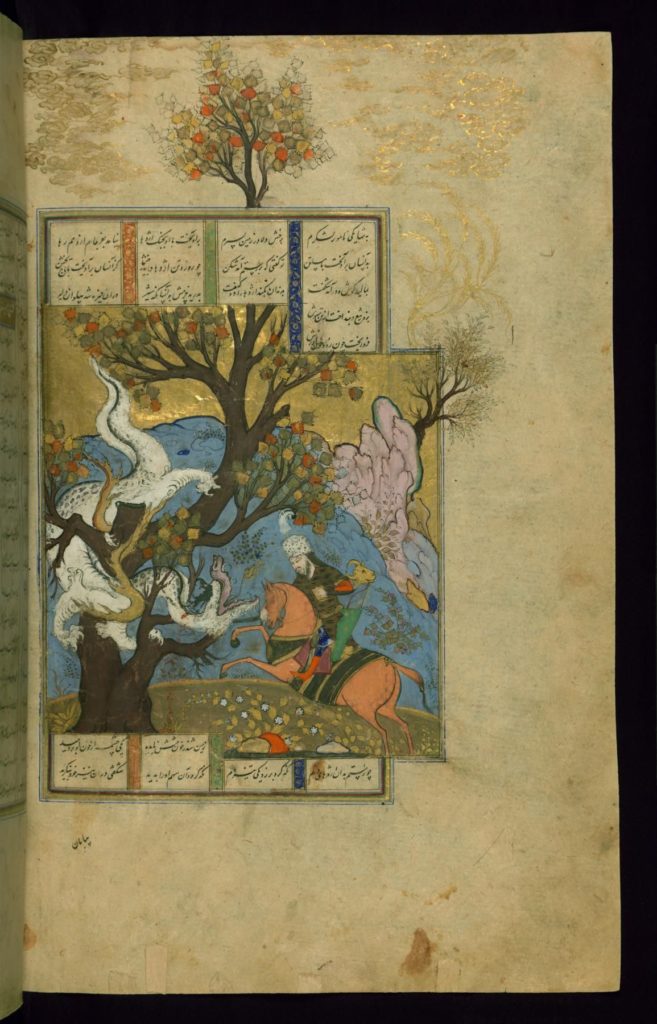
Firstly, they chose a specific story for us to hinge the campaign around – Rostam’s Seven Trials (also known as Labours). Secondly, they were able to provide me with a kids’ adaptation of a few of the key stories of the Shahnameh, including the Trials, which gave me not only a quick introduction to the poem, but also helped me get a sense of how to adjust things for the kids. I also had access to museum staff who had studied and read all of the Shahnameh, which was incredibly helpful and, I think, important, because if you haven’t put it together yet, I was a white woman running a program at a museum about the history of Islam for a majority POC group of kids, set in the world of a poem that has survived a millennium as a cornerstone of Persian history, culture and nationality. It felt really important to use as much of the time I had as I could to talk to experts, and I’m really grateful they were available to me – I only wish I had been able to make better use of the resources they were able to get to me.
So, given the time I had, here is what I focused on to bring the setting to life for the kids.
Firstly, I provided a huge list of Parsi names, so that players and GMs could choose names that belonged in the world of the Shahnameh. Because some of our players were Persian, there was some overlap between fictional names and player names, but this didn’t seem to push them out of the game at all – they seemed excited by it. I was less worried about the players and more worried about the GMs, though – all of us with a grounding in Tolkeinian fantasy have a persistent background radiation of fantasy name parameters that can either ignore Middle Eastern or Asian names or use them in explicitly orientalist ways. Having a list of names we stuck to helped us avoid slipping that error into our games.
The next thing that seemed important was to set the stage of the setting with some visuals. There’s a wonderful scholarship that has connected much of the setting of the Shahnameh with real world cities, and I was able to find images of the six main environments we were dealing with to help bring the kids into the world. Not every setting had a clear real world parallel, so some guessing had to be done, but I tried to keep things local to the areas we did know. Visuals worked AMAZINGLY, visuals are the best, I am going to spend a LOT more time on visuals in future campaigns. I wish I’d had a lot more visuals of architecture, clothing, armour, weapons, animals, people, monsters and so forth, to be able to bring things to life at the table.
The next thing I did was go through all the player-facing information – their character sheets, the lists of moves and so forth – and wipe out anything too Tolkeinian and replace it with Persian counterparts. This was a surprisingly nuanced and complex process I wish I had spent more time on – whether it was the deities the Acolyte dealt with or the magical swords the Fighter used, I had to make sure I at MINIMUM renamed them so they weren’t all “Eowynia’s Blade” and “Thorsson God of Lightning” and so forth. Thanks to Daniel Kwan’s suggestion, we also filtered the classes so that the only magic available was healing and light magic, no wizardry, because in the Shahnameh magic is the domain of demons, and chaos, and we wanted to keep magic scary, surprising and (probably) evil in the eyes of our players. This gave the world a very sword and sorcery feel, honestly, which is definitely in my wheelhouse, and seemed to work fine with the kids as well. Being their first RPG experience was a privilege that way – no one knew enough about wizards to be upset they couldn’t play one.
I also plotted out four campaigns, but I’ll get into that in my next post.
The biggest challenges of building a setting from the Shahnameh, besides just the sheer size of it, was that it focuses on kings and heroes, gods and demons, and is missing a lot of the granular, day to day, on the ground kind of information that brings a game setting to life for the players. If I’d had more time I would have liked to do a lot more research into not only the Shahnameh, but also into a few different eras of Persian history from an archaeological and anthropological standpoint, so I could have a palette of currency, clothing, cultural mores, social roles, songs, jokes and more for the GMs to work with. As it was, we did our best, but I worry about how much that eurocentric Tolkeinian fantasy background radiation crept through, and would like to spend more time tightening up our setting in future.
All in all, though, it was an exciting challenge, I learned a lot and the kids seemed to get into it in a big way, especially since their campaigns were following in the footsteps of Rostam. But I’ll tell you all about those campaigns, and Rostam’s Seven Trials, next post!
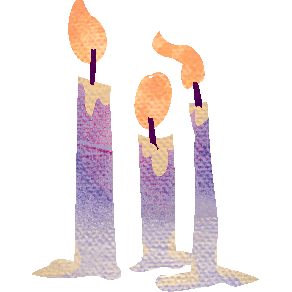
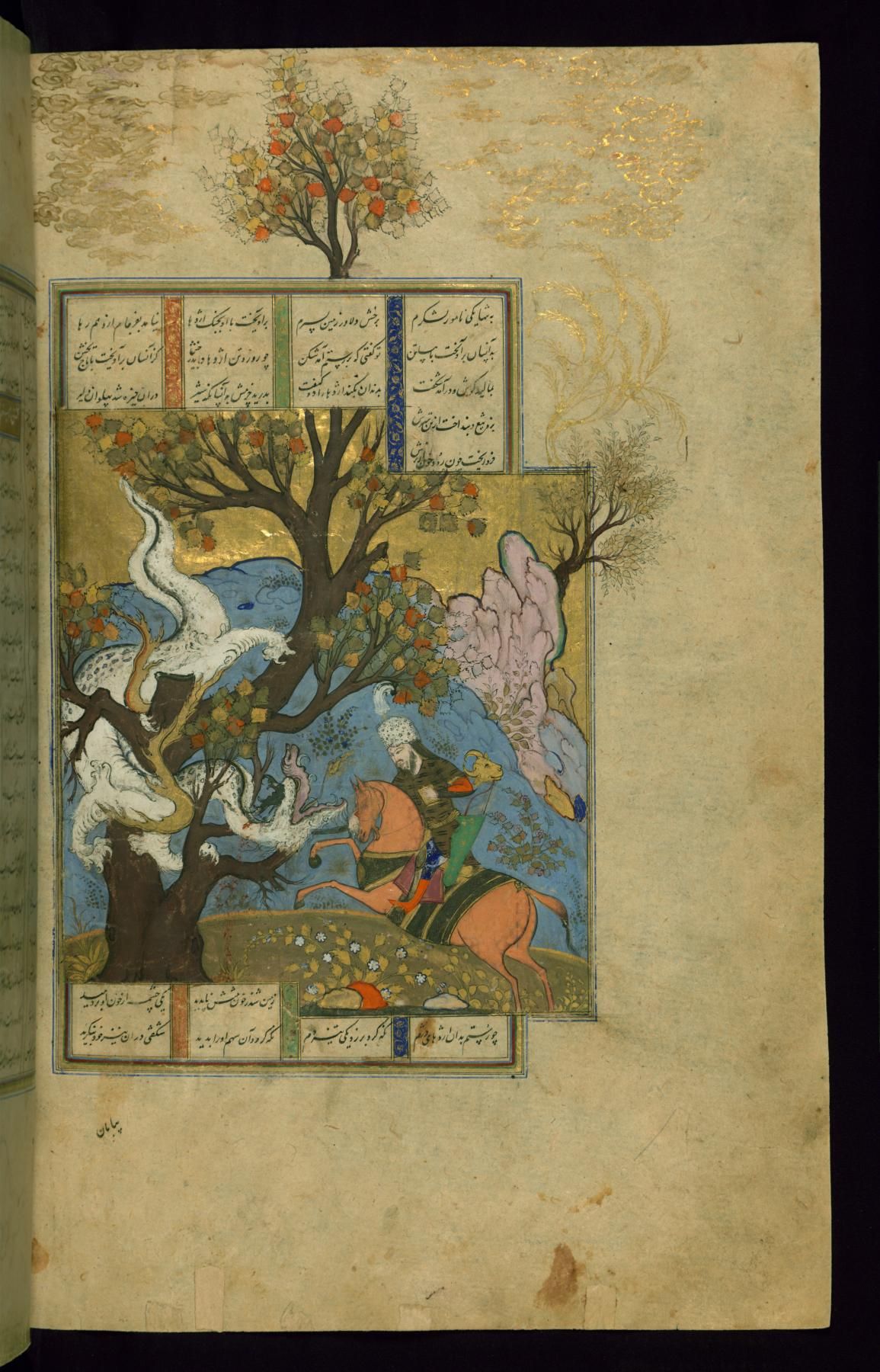
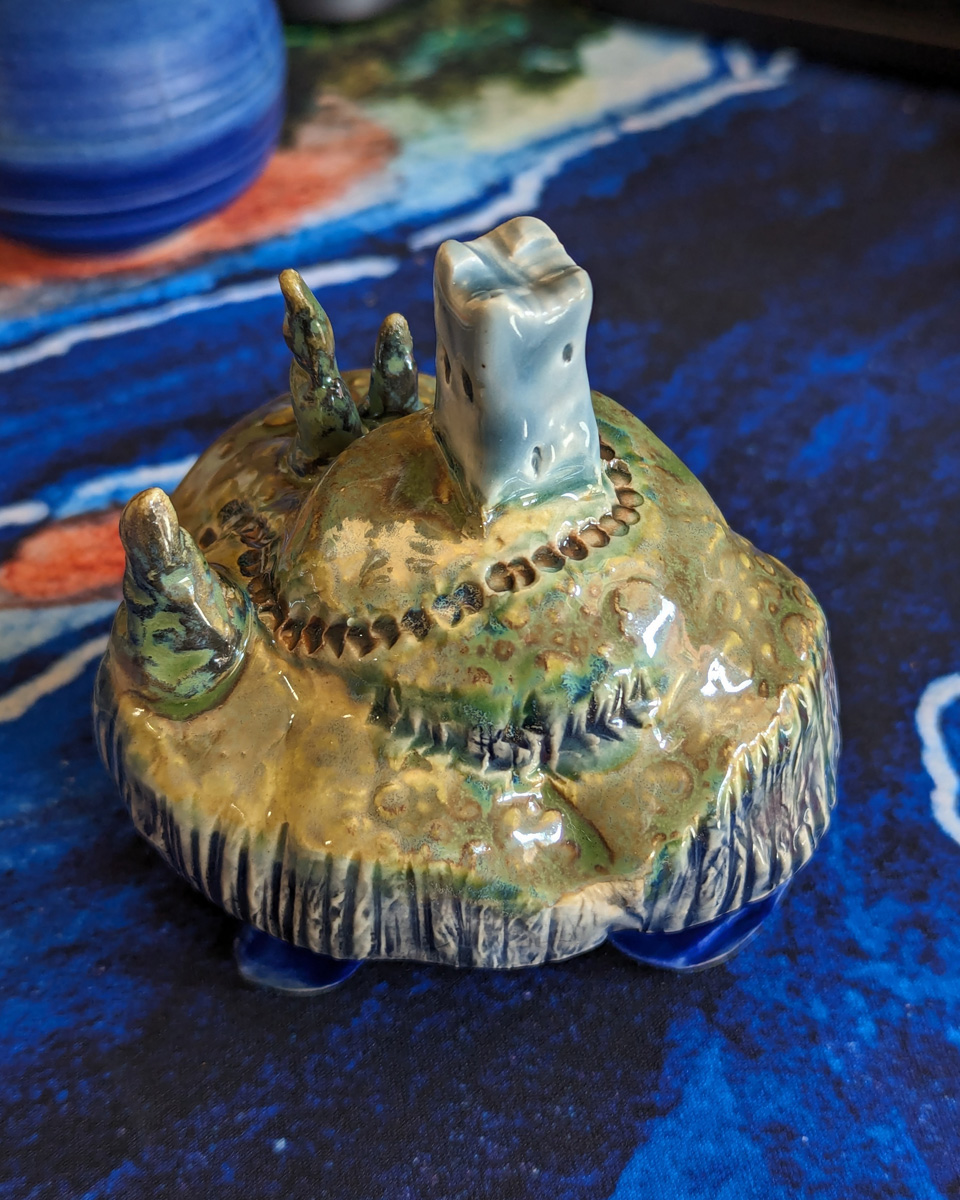
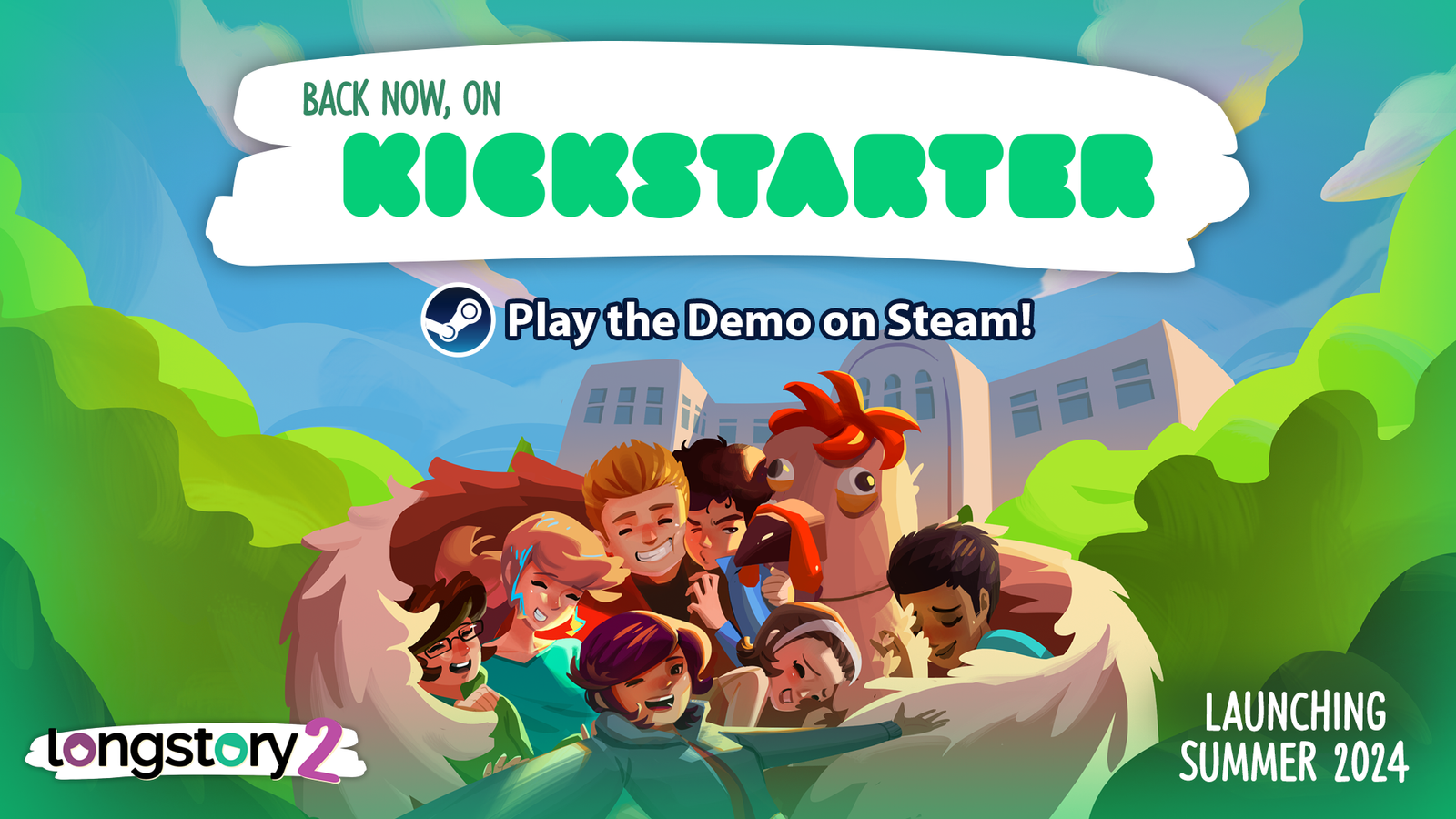


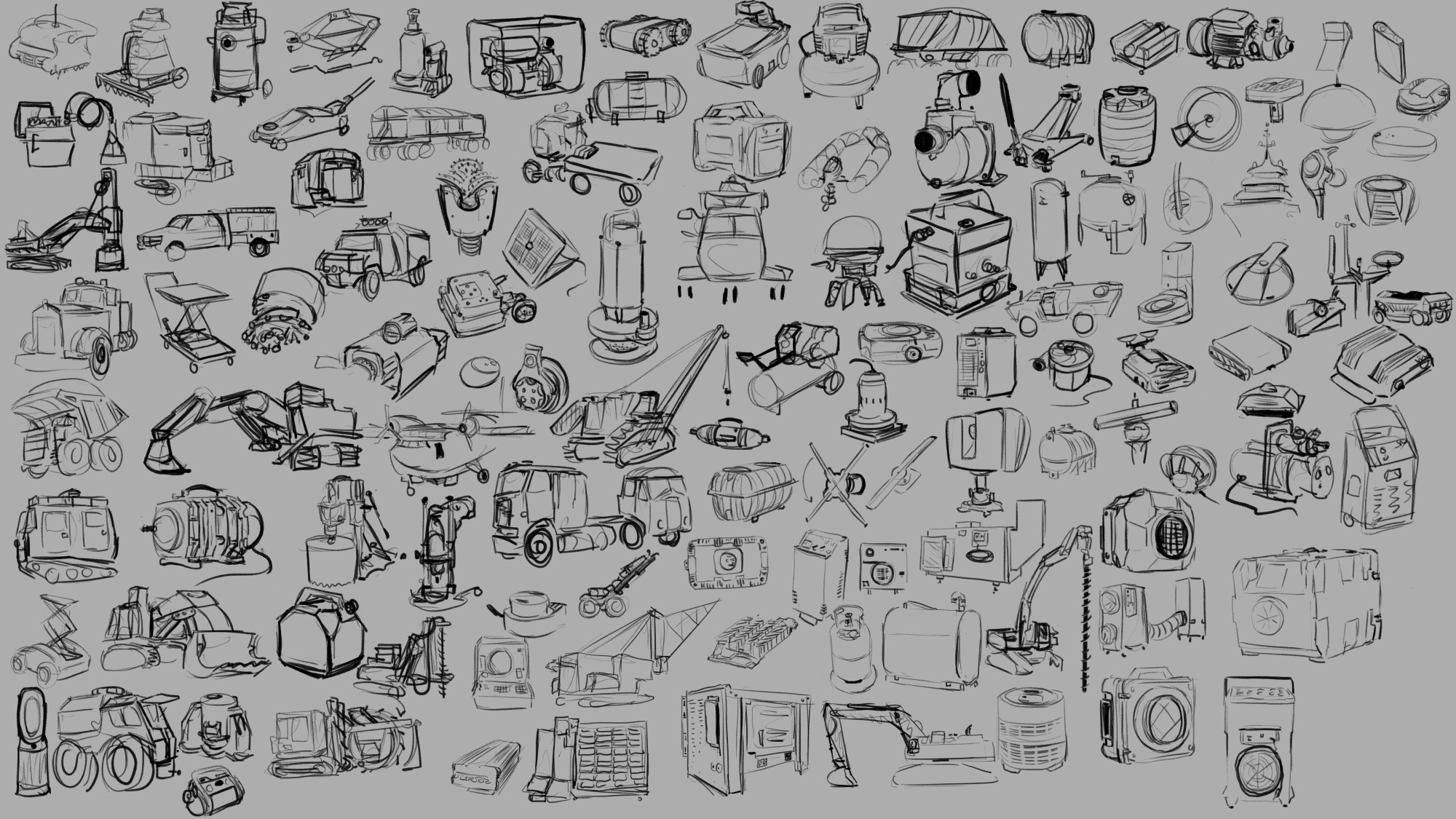
Leave a Reply